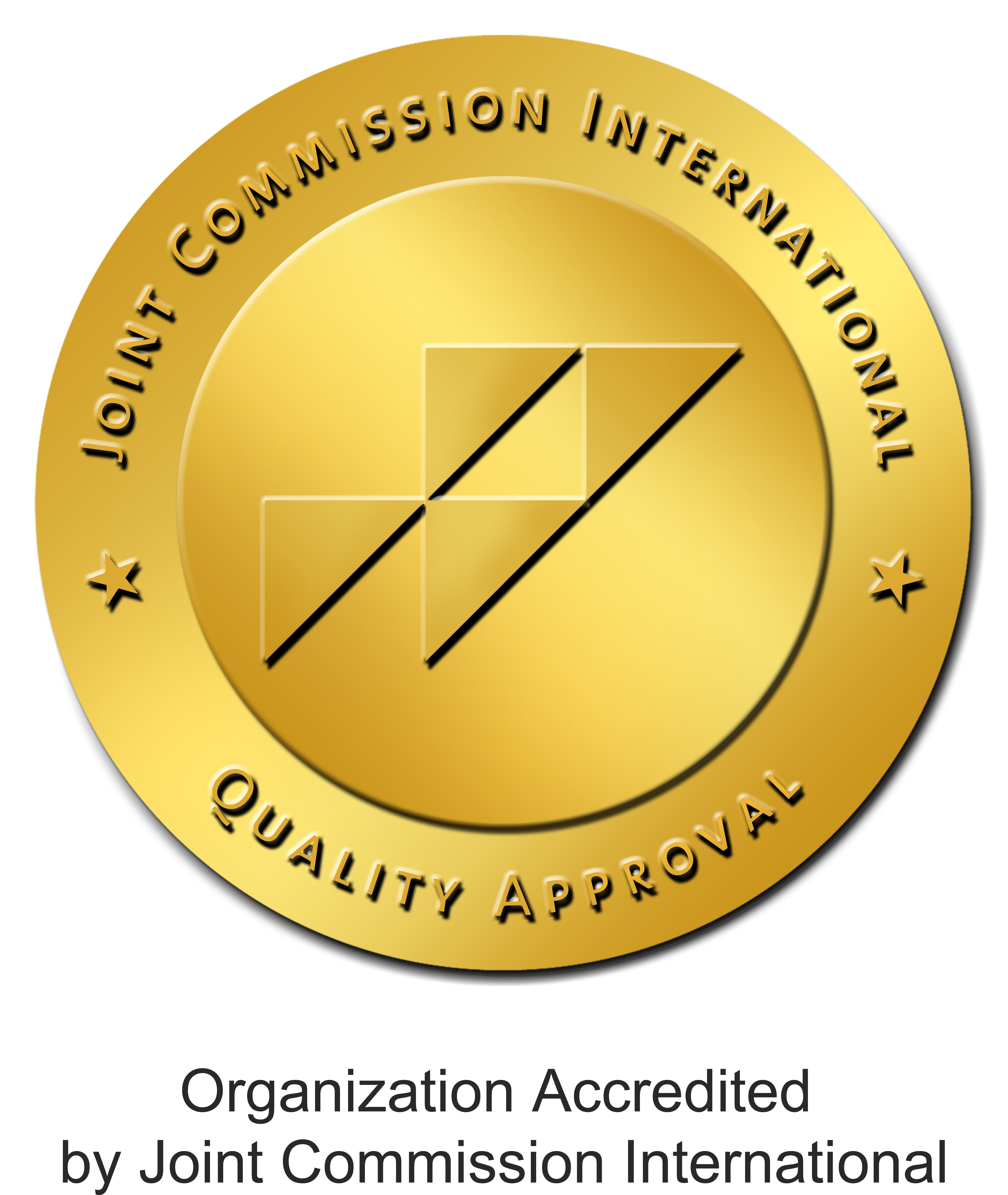Pathologies that can be potentially treated with hadrontherapy
Locally advanced paranasal sinus and nasopharynx tumours
Want to submit your case? Click HERE
The nasal cavity is the large, air-filled space that starts from the nostrils, opens above the roof of the mouth or palate, and reaches the meeting point between mouth and throat. Paranasal sinuses are cavities (spaces) delimited by the bones of the face, which are located around or near the nose. Paranasal sinuses are arranged symmetrically and are named after the region of the skull in which they are located (maxillary, frontal, sphenoid, and ethmoid).
- Frontal sinuses are right above the nose
- Maxillary sinuses are on both sides of the face, in the upper part of the jaw
- Ethmoid sinuses are located behind the upper part of the nose
- Sphenoid sinus sits behind the ethmoid sinus in the centre of the skull
Paranasal sinuses are filled with air but can become 'blocked' (obstructed) and fill with mucus or pus when you have a cold or an infection.
The nasal cavity and paranasal sinuses have different functions: they help to filter, warm, and moisten the air you breathe, and lighten the weight of the skull. They are lined by a layer of mucus-producing tissue (mucous membrane) that serves to preserve the moisture of the nose, and it is the place in which a tumour can arise.
This type of tumour is rare; in fact it represents less than 1 percent of all tumours and about 3% to 5% of upper aero-digestive tract cancers.
Tumours of the nasal cavity and paranasal sinus mainly affect adults after a certain age (with four out of five cases occurring in people > 55) and men are slightly more likely than women to get them.
Most cancers of the nasal cavity and paranasal sinus occur in the maxillary sinuses and the nasal cavity. They are less common in the ethmoid sinuses, and very rare in the frontal and sphenoid sinuses.
Types of locally advanced paranasal sinus and nasopharynx tumours
There are different types of cells inside the nasal cavity and paranasal sinuses, and each of them can give rise to a tumour. The different cancers are divided into:
• Squamous cell carcinoma (tumour that originates from squamous epithelial cells, and makes up a little over half of tumours analysed in this site)
• Small cell undifferentiated and neuroendocrine carcinoma (malignancy that originates in the neuroendocrine cells, and therefore, is related to the nervous system and glands; it is rare and aggressive)
• Adenocarcinoma and carcinoma of the minor salivary glands (cells that line the respiratory mucous membranes)
• Esthesioneuroblastoma or olfactory neuroblastoma (which originates from the olfactory nerve cells)
Undifferentiated lymphomas, sarcomas, melanomas and carcinomas can also develop in the same anatomical region.
Types of locally advanced paranasal sinus and nasopharynx tumours
There are different types of cells inside the nasal cavity and paranasal sinuses, and each of them can give rise to a tumour. The different cancers are divided into:
- Squamous cell carcinoma (tumour that originates from squamous epithelial cells, and makes up a little over half of tumours analysed in this site)
- Small cell undifferentiated and neuroendocrine carcinoma (malignancy that originates in the neuroendocrine cells, and therefore, is related to the nervous system and glands; it is rare and aggressive)
- Adenocarcinoma and carcinoma of the minor salivary glands (cells that line the respiratory mucous membranes)
- Esthesioneuroblastoma or olfactory neuroblastoma (which originates from the olfactory nerve cells)
Undifferentiated lymphomas, sarcomas, melanomas and carcinomas can also develop in the same anatomical region.
Causes and risk factors of locally advanced paranasal sinus and nasopharynx tumours
Some risk factors include:
- Breathing in certain powders while at work, such as dusts produced during the processing of wood, leather, flour, textiles or nickel and chromium powders. For those working in these sectors, the risk of developing cancer increases if there is no adequate protection of the respiratory tract
- Cigarette smoking
Some less probable risk factors include:
- Being affected by some types of papillomavirus
- Radiotherapy to treat retinoblastoma, a hereditary type of eye tumour that typically affects children
- Glues, formaldehyde and organic solvents
Symptoms of locally advanced paranasal sinus and nasopharynx tumours
These tumors usually do not give specific symptoms that allow early detection. In fact, they are sometimes discovered during medical tests carried out for other reasons, or when they have become significant enough to block the areas in which they develop.
In any case, there are some symptoms that can represent an alarm:
- Nasal congestion that does not get better
- Blockage of one nostril
- Frequent nosebleeds, or mucus or pus draining from the nose
- Pain around the eye
- Constant watery eyes
- Changes in vision
- Abnormal bulging of one eye
- Decreased sense of smell
- Headache never reported in the past
- Trouble opening the mouth
- Growth of masses in the nose or palate
- Pain or a sense of pressure in one of the ears
- Enlarging lymph nodes in the neck
- Unexplained problems in the teeth or any other part of the face
Caution: these are common symptoms shared with many non-cancerous diseases. Therefore, it is highly important not to be rushed in reaching conclusions and to see a doctor for further tests.
Diagnosis of locally advanced paranasal sinus and nasopharynx tumours
During the visit, the physician evaluates the symptoms and carries out a complete interview (anamnesis), which includes questions on the patient's medical history and personal habits (smoking, work activity carried out, etc.). If necessary, the doctor can look inside the nose with a nasal endoscope and can recommend visiting an otolaryngologist.
After checking the nose, throat and head-neck region, the specialist may decide to request some tests:
- X-ray, useful to see if the paranasal sinuses are obstructed but not suitable for understanding the cause of the obstruction
- Computed tomography (CT), magnetic resonance imaging (MRI) or Positron-emission tomography (PET) scans, to better understand the reason why the sinuses are obstructed
- Biopsy, to obtain a tissue sample and study it under a microscope.
Treatment of locally advanced paranasal sinus and nasopharynx tumours
In the presence of a tumour of the paranasal sinuses, the first therapeutic options are surgery and traditional radiotherapy. However, when the pathology is very advanced and cannot be totally removed, hadrontherapy may be used in some cases.
Hadrontherapy using both protons and carbon ions can be used to treat paranasal sinus tumours. The choice of the particle to be used depends on different factors, including the histology and stage of the tumour, the extent of the volumes to be irradiated, and their location. The particle is selected by a multidisciplinary team made up of a radiologist, an anatomo-pathologist, an oncologist, and an otolaryngologist or maxillofacial surgeon. The indication to use hadrontherapy to treat this pathology has been recently added to the guidelines drawn up by the Italian Head and Neck Oncologic Society (or AIOCC for its acronym in Italian).
In some cases, we also offer mixed treatments at CNAO, in which conventional X-ray radiation therapy is combined with hadrontherapy performed with a boost (or an overdose) of carbon ions or protons.
CNAO is the only centre in Italy that uses hadrontherapy with both protons and carbon ions. Due to their particular physical and radiobiological properties, these particles can attack the tumour very precisely, without damaging the surrounding healthy tissues, and beats the intrinsic resistance to radiation that some tumours show.













